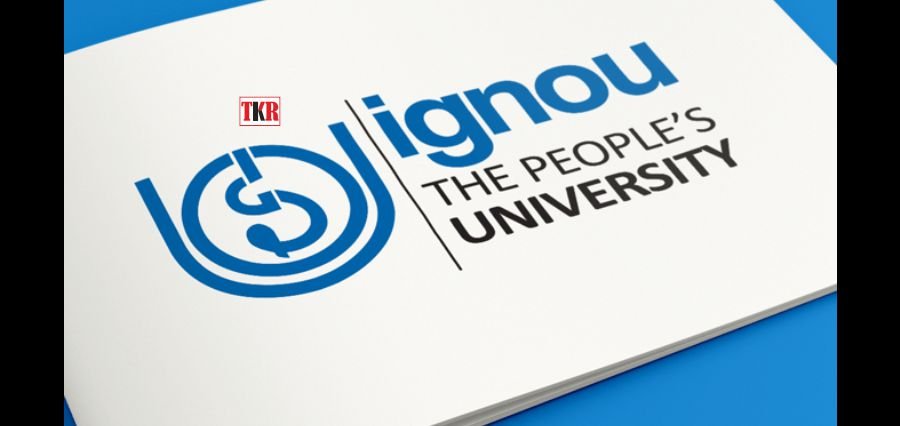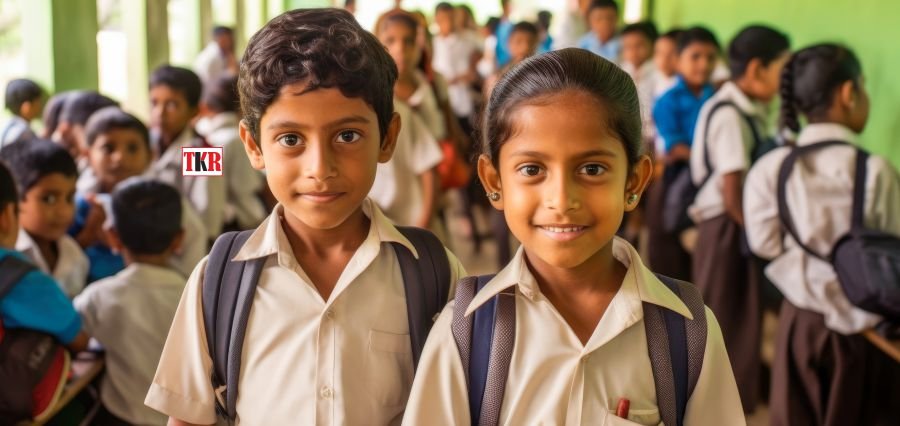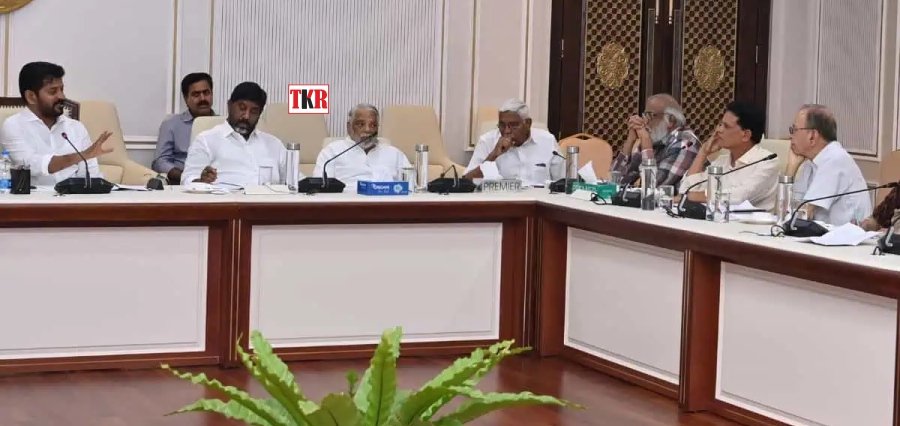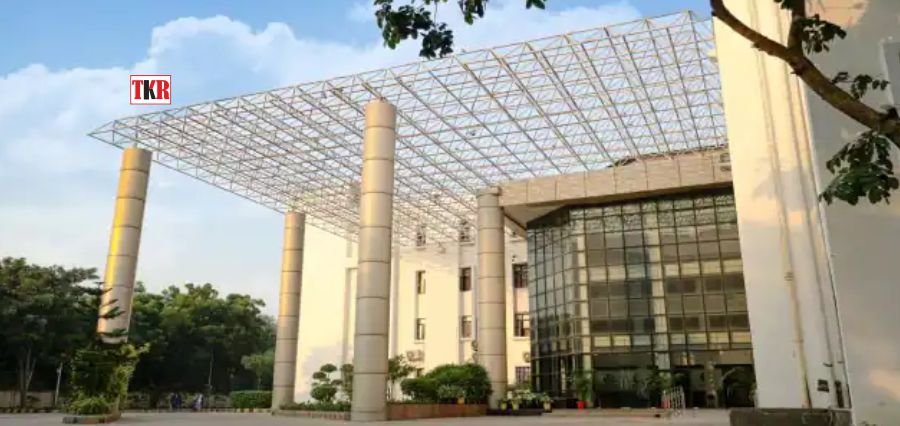The paraphernal between Global and Glocal dimension is a critical thought process wherein the idea of future generations is concerned. Indian academicians are now busy charting the way for alignment to NEP policy and drafting resolutions of UGC as India opens its gates to Global educational empires, bringing in the prospect of a fusion of Indian and Western schools of thought.
In this critical juncture also arrives the digital transformation phase wherein disruptive technologies like Chatgpt, GPT, robotics, and automation are fast changing how we perceive, breathe, and live the world of education. Academics nationally have traversed a long distance from the hollows of colonial practices, subaltern voices to institute building under Nehru, Mahalnobis to a more robust breather post-1991 with economic liberalization bringing in fresh hopes of technology and science.
This had, of course, springboard effects on human development and aspirations. The world order was also changing in those days with the fall of the Berlin Wall and the rise of a unipolar powerhouse. India or Bharat got a boost with the “Make in India” perspective or Atmanirbhar Bharat as this was a long-felt need to catalyst the magnetism of growth and prosperity in the Indian education system.
Are we still importing Western-educated scholars or bringing in Western thoughts just as we export raw cotton and bring in processed clothes from the West? Are we doing justice with brain drain, which amounts to economic drainage when hundreds of students passing out from IIT, IIM, and so-called funded elite schools travel abroad with hopes of better livelihood?
This particular cyclical process needs to be reversed to contribute to nation-building and advancing the thought process of Indian citizens. The aspirations of Indian citizens towards a dollar economy cannot be fulfilled with colonial education footprints and dilapidated academic infrastructures in chaos with left and right leanings.
Such a process needs a fresh strategy wherein entrepreneurial spirits can be incubated with triple helix innovation among industry, academician, and government support. Indian science has heralded a new diversity in thoughts and actions wherein the new generation is more inclined towards Strat ups and moving ahead with Global thought process in the Indian way. Such dialects are quite right when we envision an India that is not only aspiring to be a dollar economy but must have a ripple effect from liberal education, which is holistic and deeply rooted in culture, tradition, and integrity, moving in from narrow bindings to more robust and agile reinforced discourse.
India was a leader in education, with Nalanda and Taxila universities being the shelter house for global academic pursuits. India must act Glocal, not forgetting its rich heritage, but at the same time, should be cautious enough to raise the curtain when required for better hybrid infrastructure in academic deliverables and a more liberal patenting system bringing in new thoughts and ideas.
Moreover, the global challenges of climate change and poverty are critical to India’s growth story, and India should align to SDG norms and bring a culture to work towards the bottom of the pyramid, heralding in technological upliftment with the green revolution, green finance, and better utilization of energy.
The global dialects of educating youth have already been drafted in NEP policies, but Indian academicians should raise research standards to be more impactful for the Indian poor and health efficiency. Indian education should be more aligned with serving humanity and creating a balance between elites and the marginalized. Then, only the global proforma can be successfully delivered.
About the Author
Dr. Samrat Ray is the Dean of IIMS, Pune.





